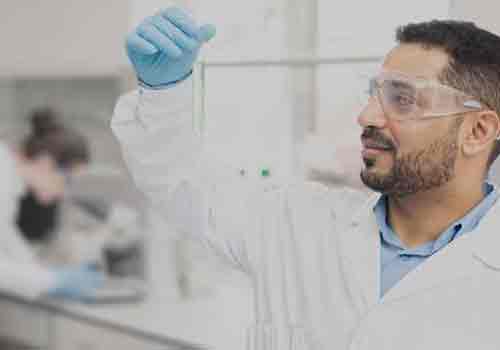Profile
Bassett Health Network is an integrated healthcare system serving patients within eight county regions in upstate New York. The not-for-profit organization processes 1.4 million tests annually through its corporately affiliated hospitals, two clinics, skilled nursing facilities, community and school-based health centers, and related partners.
3P gave the team the opportunity to not only be a part of the discussion about any potential changes, but also allowed them to be a part of those changes, helping give them control and inclusion in the process.
Carol Smola
Core Laboratory Manager
Bassett Health Network
Bringing Lean order processing to your lab
What role could Lean order processing play in improving patient safety in your hospital? Could streamlining order processing and improving patient flow reduce wait times? Let our Beckman Coulter Performance Partnership consultants create a program of continuous improvement targeted to the needs of your healthcare system.
Contact us for more information.
If you'd like to learn more ways to improve laboratory processes, check out additional Beckman Coulter
case studies,
scientific posters,
webinars or other
publications and articles to find out what our customers have to say.
Referenced in this case study
Access 2 Immunoassay Analyzer
AU 480 Clinical Chemistry Analyzer
DxC 700 AU Clinical Chemistry Analyzer
Power Express Laboratory Automation System
REMISOL Advance Middleware
Lean Healthcare Glossary
Kaizen: a planned event to deliver rapid, significant improvement
REMISOL Advance is a trademark or registered trademark of Normand-Info SAS in the United States and other countries. Used under license.
Danaher and its service marks are owned by Danaher Corporation and used with permission.
Not all products are available in all regions. Contact your local Beckman Coulter representative for availability.
 English
English


